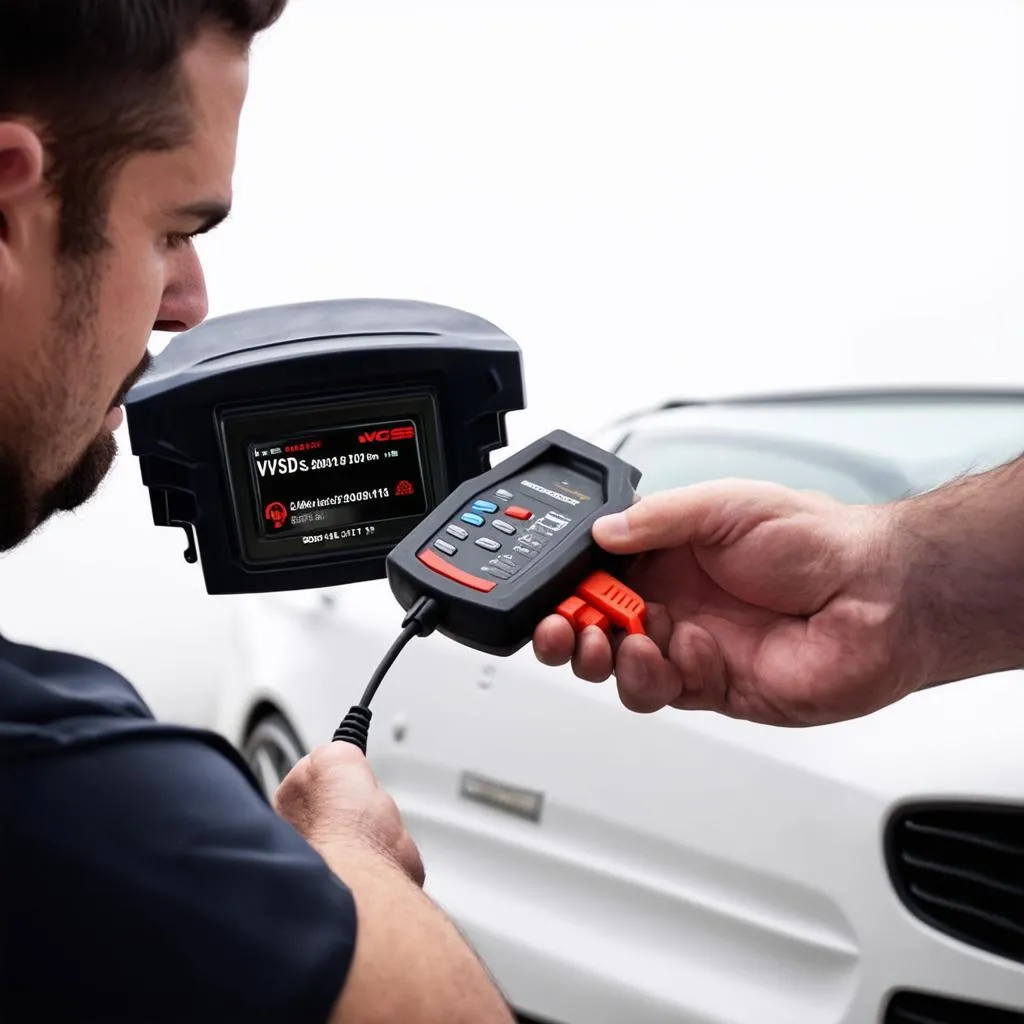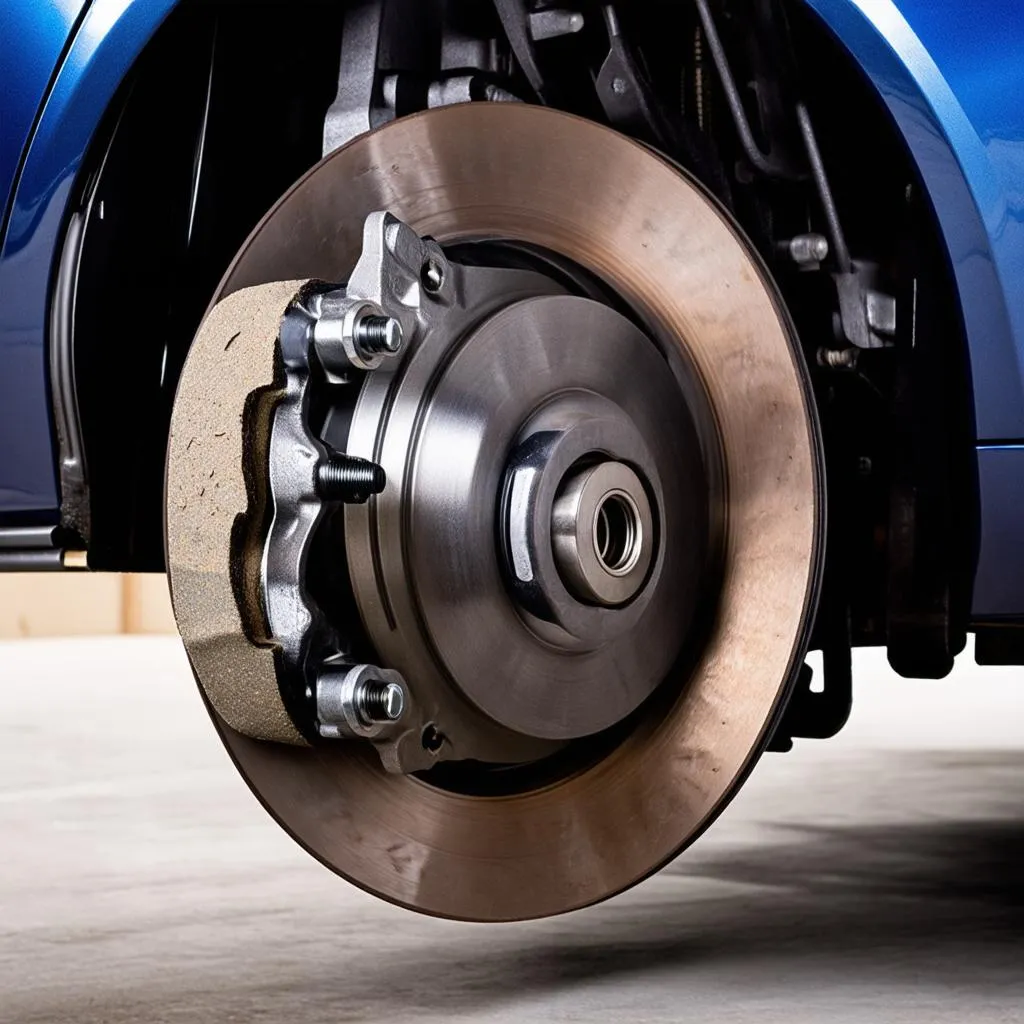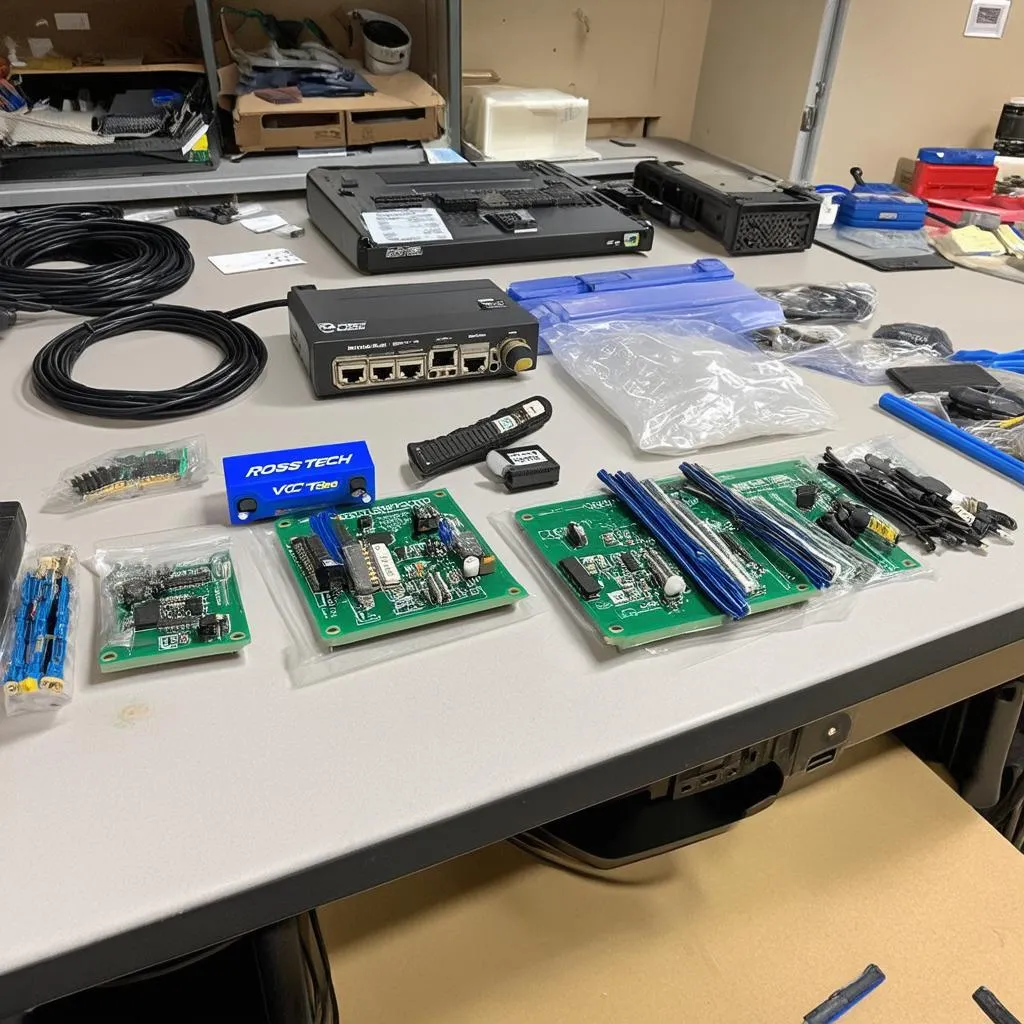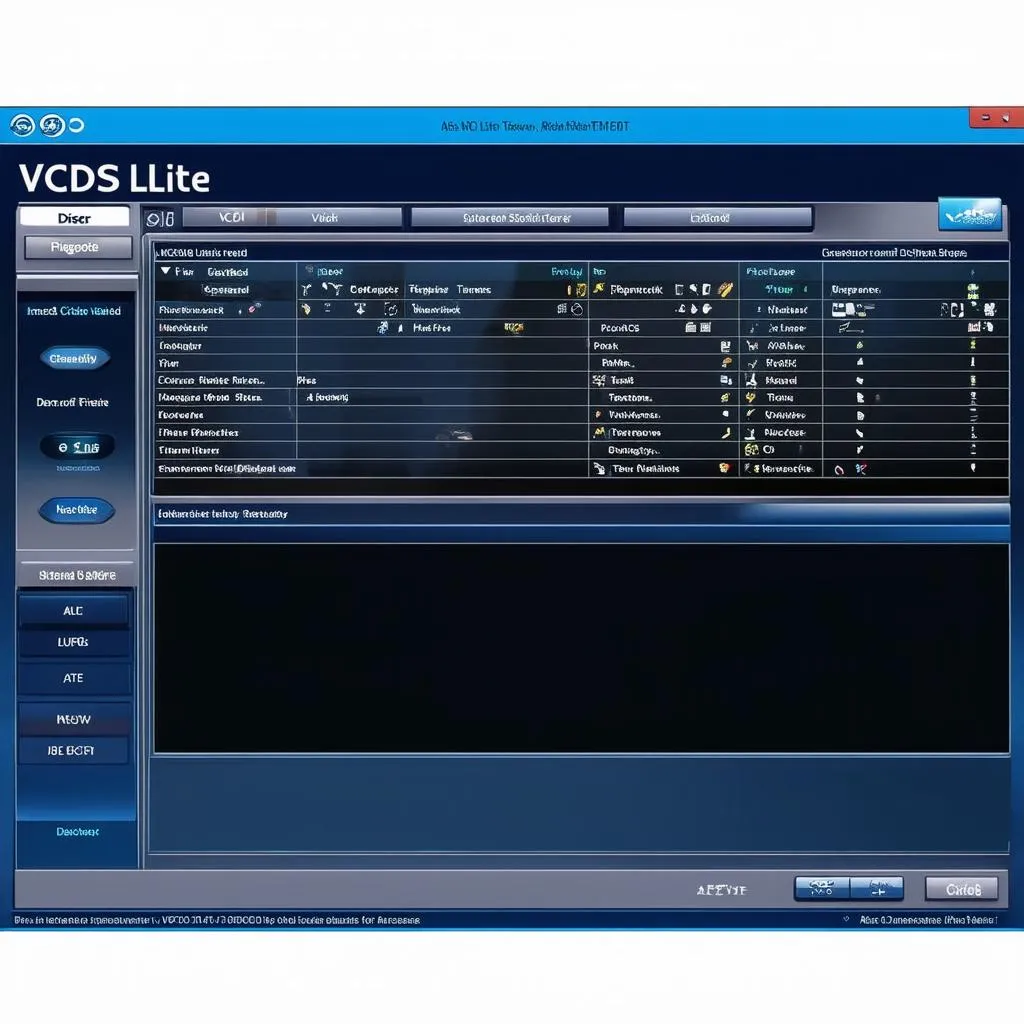As a professional in the automotive industry, you know that regular brake maintenance is crucial for safety. When it’s time for a brake pad change or caliper service, using a diagnostic tool like VCDS (Vag-Com Diagnostic System) can simplify the process. This article dives into the specifics of VCDS brake service mode, a valuable feature for anyone working on Volkswagen, Audi, Skoda, and Seat vehicles.
What is VCDS Brake Service Mode?
VCDS brake service mode is a function within the VCDS software that electronically retracts the caliper pistons, allowing you to change brake pads or service calipers with ease. This mode essentially simulates the action of the Electronic Parking Brake (EPB) control module, putting the system into a state where you can safely work on the brakes.
Why Use VCDS Brake Service Mode?
You might be thinking, “Can’t I just use a C-clamp to retract the pistons?” While this traditional method works, VCDS brake service mode offers some distinct advantages:
- Even Piston Retraction: Ensures both pistons retract equally, preventing potential damage to the caliper.
- Safety: Minimizes the risk of damaging brake components or causing injury by avoiding forceful manual retraction.
- Efficiency: Makes the brake service process quicker and more straightforward.
How to Access VCDS Brake Service Mode
Ready to use this handy feature? Here’s a step-by-step guide:
- Connect: Connect your VCDS interface to your vehicle’s OBD-II port.
- Power On: Turn your vehicle’s ignition on but do not start the engine.
- Launch VCDS: Open the VCDS software on your computer.
- Select Control Module: Navigate to the control module for your vehicle’s Electronic Parking Brake (EPB). This is usually found under “Chassis” or “Brakes”.
- Basic Settings: Enter the “Basic Settings” section of the EPB module.
- Choose Brake Service Mode: You should find an option labeled “Brake Pad Replacement” or something similar. Select this option.
- Follow On-Screen Instructions: The VCDS software will guide you through the remaining steps, which typically involve confirming the procedure and monitoring the piston retraction.
Important Notes
- Always consult your vehicle’s specific repair manual for detailed instructions and safety precautions before attempting any brake service.
- Make sure you have the correct brake fluid type and level before starting the procedure.
- Once the brake service is complete, remember to exit the brake service mode in VCDS and properly bed in your new brake pads.
 VCDS Brake Service
VCDS Brake Service
Common Questions about VCDS Brake Service Mode
Let’s address some frequently asked questions:
Q: Do I need VCDS for a brake job?
A: While not strictly necessary, VCDS brake service mode simplifies the process, particularly on vehicles with electronic parking brakes. It offers a safer and more controlled way to retract caliper pistons.
Q: Can I use VCDS brake service mode on all cars?
A: No, this function is specific to VAG group vehicles (Volkswagen, Audi, Skoda, Seat) equipped with electronic parking brakes.
Q: What if I encounter issues accessing or using brake service mode?
A: Always refer to your VCDS software documentation and your vehicle’s repair manual. Online forums dedicated to VCDS and your specific car model can also be valuable resources. Consider reaching out to Cardiagtech for expert advice and support.
 Car Brake System
Car Brake System
Cardiagtech: Your Partner for Automotive Diagnostics
CARDIAGTECH offers a wide range of diagnostic tools and equipment, including genuine VCDS systems. Need to invest in a VCDS system or have more questions? Connect with CARDIAGTECH for expert advice and to explore their comprehensive product line.
In conclusion, VCDS brake service mode is a valuable asset for anyone performing brake maintenance on VAG group vehicles. This feature streamlines the process, making it safer and more efficient. Remember to prioritize safety and always consult your vehicle’s specific repair information.


